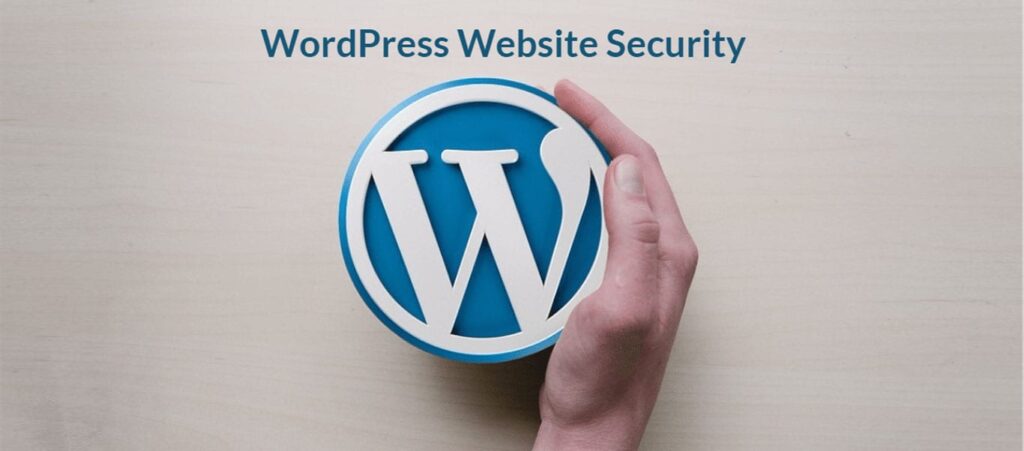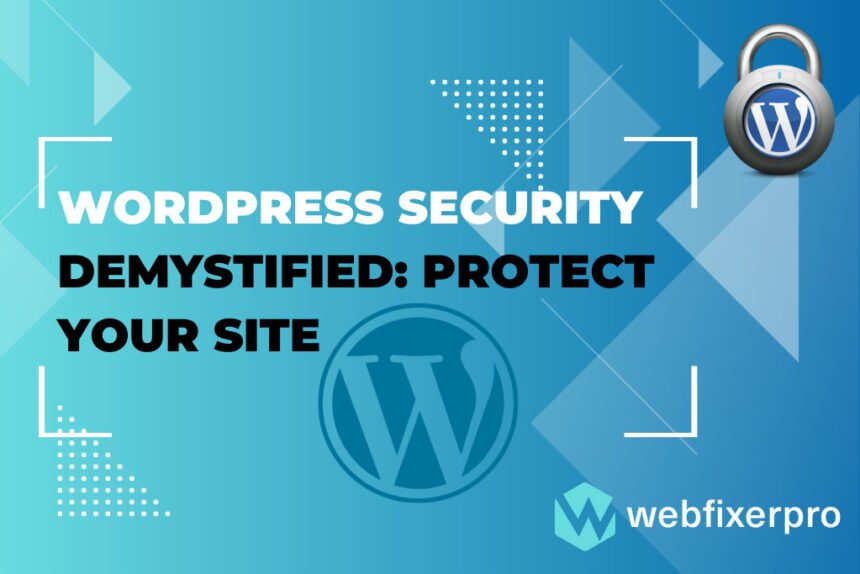WordPress has become a powerhouse for website creation, but with great power comes great responsibility—especially when it comes to security. In this guide, we’ll demystify the intricacies of WordPress security and equip you with the knowledge to fortify your site against potential threats.
Introduction
Securing your WordPress site is not an option; it’s a necessity in the digital age. As the popularity of WordPress grows, so does the interest of hackers looking for vulnerabilities to exploit. Let’s delve into the key aspects of safeguarding your digital space.
Understanding WordPress Vulnerabilities
WordPress vulnerabilities are not uncommon, ranging from outdated software to weak passwords. Identifying these weaknesses is the first step toward a secure website.
The Role of Strong Passwords
Your password is the frontline defense against unauthorized access. Ensure it’s robust, incorporating a mix of uppercase and lowercase letters, numbers, and symbols.
Updating WordPress Regularly
WordPress updates are not mere suggestions; they are crucial for patching security loopholes. Regularly update your WordPress core, themes, and plugins.
Securing Login Pages
Fortify your login pages with measures like limiting login attempts and using unique usernames. This simple step can thwart many brute force attacks.
Choosing Reliable Themes and Plugins
Not all themes and plugins are created equal. Opt for reputable sources and regularly audit your installed themes and plugins for security updates.
Installing a Security Plugin

Consider adding a dedicated security plugin to your arsenal. These plugins offer features like firewall protection, malware scanning, and real-time threat detection.
Enabling Two-Factor Authentication (2FA)
Add an extra layer of defense with 2FA. This ensures that even if your password is compromised, unauthorized access remains a distant possibility.
Regular Backups: A Lifesaver
In the unfortunate event of a security breach, having recent backups can be a lifesaver. Regularly back up your website, and store copies in secure locations.
Monitoring User Activity
Employ tools that monitor user activity, allowing you to track changes, logins, and potential security threats. Vigilance is key to a secure WordPress site.
HTTPS Implementation
Ensure secure data transmission by implementing HTTPS. Acquire and install SSL certificates to encrypt communication between your site and users.
File Permissions and Security
Adjust file permissions judiciously. Restrict access to sensitive files and directories, reducing the risk of unauthorized alterations.
Protecting Against DDoS Attacks
Distributed Denial of Service (DDoS) attacks can cripple your site. Employ DDoS protection measures, such as firewalls and content delivery networks (CDNs).
Managing User Roles
Control access by assigning appropriate user roles. Limit administrative privileges to essential personnel, reducing the likelihood of internal threats.
Security Audits: Your WordPress Health Check
Regularly conduct security audits to identify vulnerabilities. Evaluate user permissions, check for outdated software, and ensure all security measures are up to date.
Conclusion
Securing your WordPress site is an ongoing process that demands attention and diligence. By implementing the strategies outlined above, you significantly reduce the risk of falling victim to cyber threats. Remember, a secure website is a resilient website.
FAQs
-
How often should I update my WordPress site?
- Regular updates are crucial. Aim for weekly checks and immediate installations of available updates.
-
Do I really need a security plugin if I have a strong password?
- While a strong password is essential, a security plugin adds an extra layer of protection with features like firewalls and malware scans.
-
What is the importance of file permissions in WordPress security?
- File permissions control who can access and modify specific files. Proper settings enhance overall site security.
-
Can DDoS attacks be completely prevented?
- While complete prevention is challenging, measures like firewalls and CDNs can significantly mitigate the impact of DDoS attacks.
-
How do I perform a security audit on my WordPress site?
- Use security plugins, review user roles, check file permissions, and ensure all software is up to date for a comprehensive security audit.



